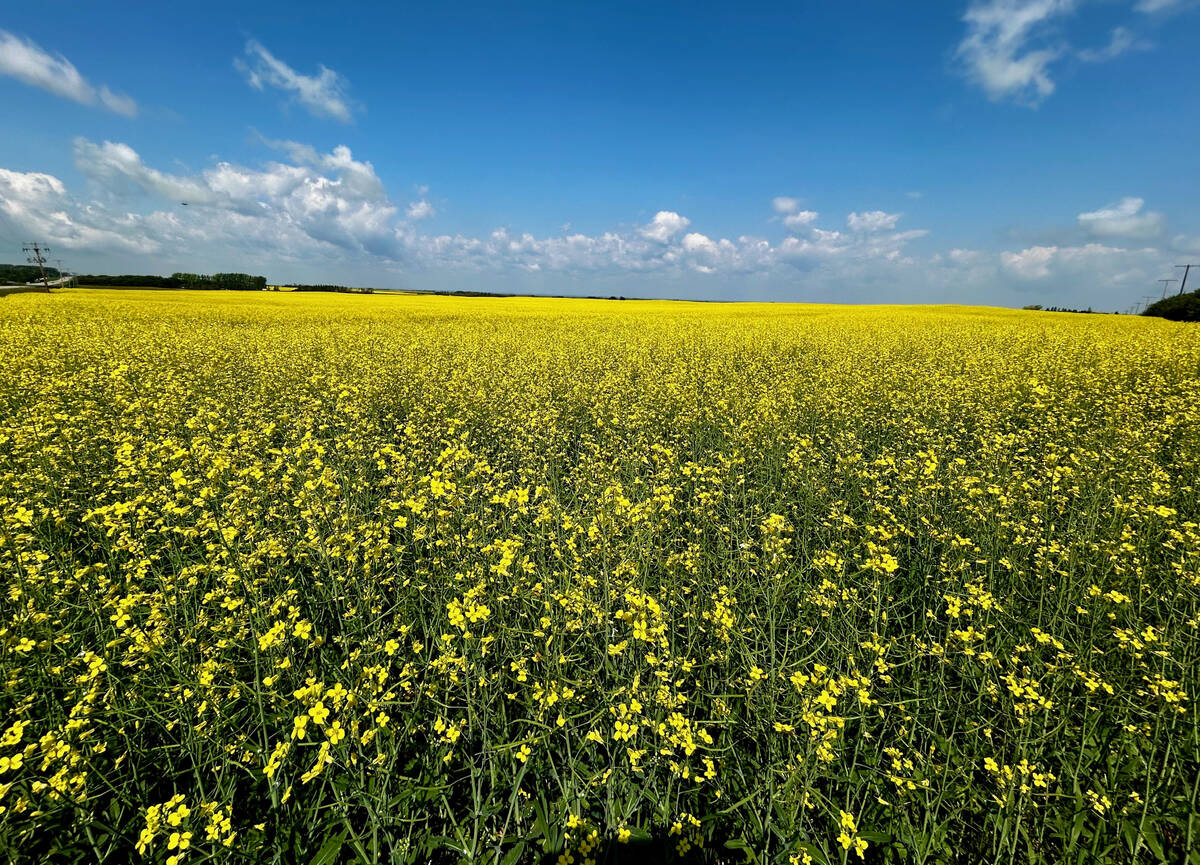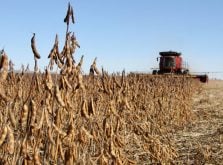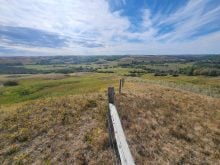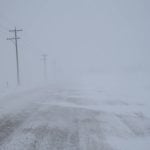A northern British Columbia farmer who drove his combine across Canada in 2000 to raise awareness of the tough times in agriculture, is revving up his combine again to voice his opposition to a third dam on the Peace River.
Nick Parsons has vowed to drive his Massey Ferguson 760 from Dawson Creek to Chetwynd and Hudson’s Hope to raise awareness of the thousands of acres of valuable farmland that will be flooded if B.C. Hydro builds a third dam on the Peace River.
“It’s such a beautiful valley and thousands of acres of land, with a unique climate that could grow much of the produce for the north, would be lost,” said Parsons, who planned to begin his five-day trek April 30.
Read Also

Pakistan reopens its doors to Canadian canola
Pakistan reopens its doors to Canadian canola after a three-year hiatus.
The proposed location of the Site C dam would be seven kilometres southwest of Fort St. John on the Peace River, downstream from where the Moberly River enters the Peace, about 62 kilometres upstream from the Alberta border.
B.C. Hydro estimates the hydroelectric dam would provide 900 megawatts of electrical capacity and cost about $6.6 billion to build.
The Site C dam would be the third and final dam on the Peace River. W.A.C. Bennett Dam, one of the largest hydroelectric dams in the world, was built in 1967. In 1980 the Peace Canyon dam was built.
B.C. Hydro held a series of consultation meetings across the province last year, but little has happened since, said Parsons.
“It’s gone very quiet and that’s what I don’t like. They go from one consultation session to another as if it’s passed,” he said.
During the consultation sessions residents raised concerns and sought assurances that a new dam won’t repeat the mistakes made when Williston Lake was created. The valley was not cleared of logs and debris before the valley was flooded and the reservoir was almost unusable because of thousands of floating trees.
Residents were also concerned about the increased fog and moisture generated that could create problems for farmers and road safety.














